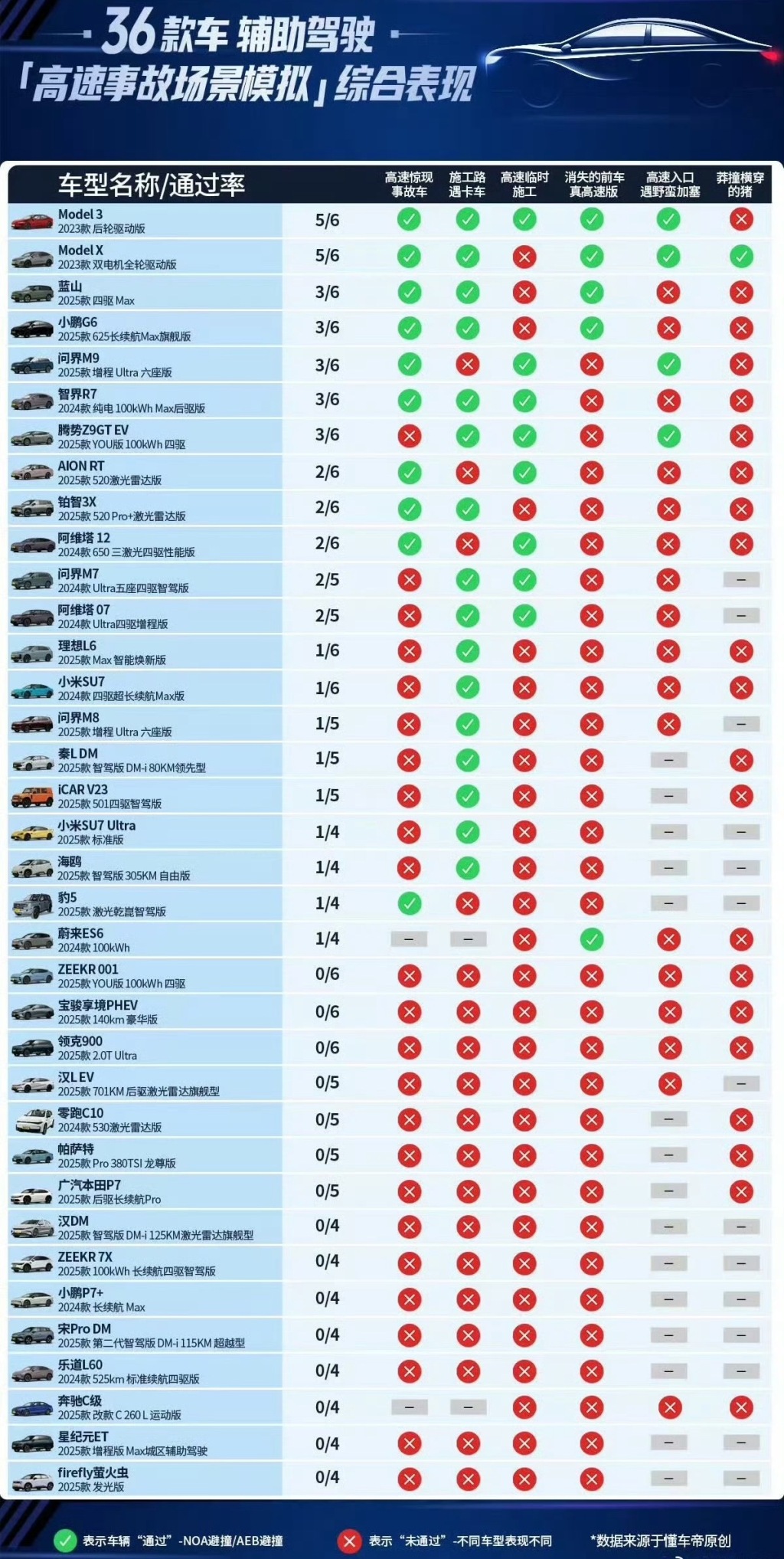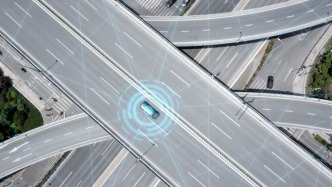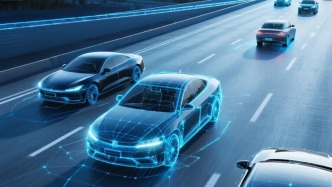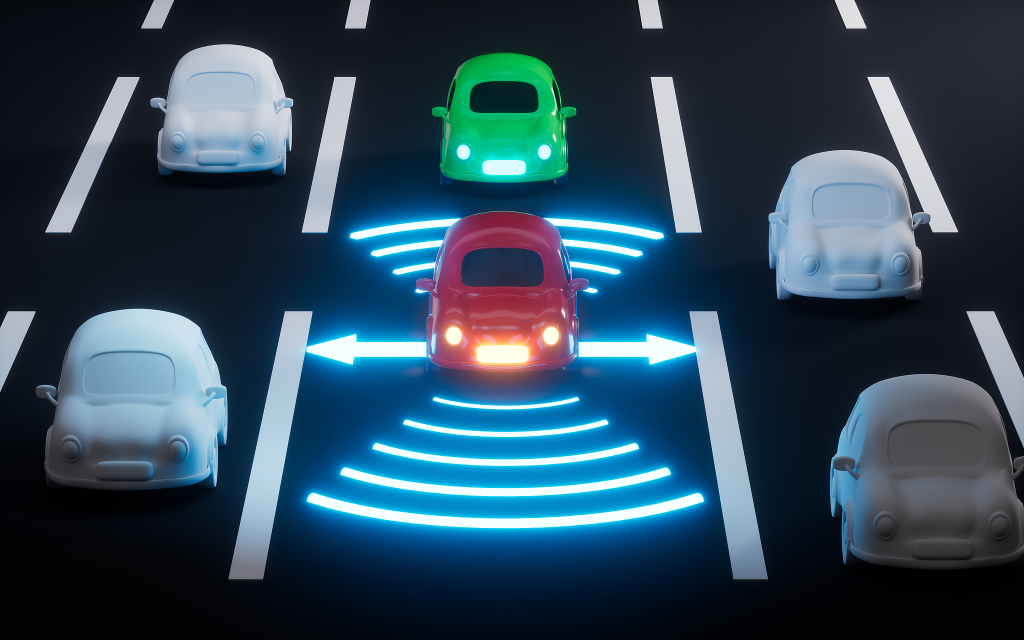
The recent smart driving review program conducted by the automotive media "Dongchedi" has attracted industry attention and doubts.
The high-speed accident scenario simulation covered 36 models from multiple mainstream brands, and the urban scenario test covered 26 models. Such a large-scale, multi-dimensional test is rare in the industry.
Overall, the test results reveal many problems with current intelligent driving technology. The overall pass rate of high-speed scenarios and urban scenarios is not satisfactory, and no car company's assisted driving system can get full marks in the test.
Despite this, Tesla performed outstandingly in this comparison, with Model 3 and Model X achieving a pass rate of 5/6 in the high-speed test, and Model X leading the pack with a score of 8/9 in the city test. For example, in complex scenarios such as encountering wild traffic jams at the entrance of a highway, Tesla can quickly and accurately identify the dynamics of surrounding vehicles and respond appropriately. Its intelligent driving system response time is 0.5 seconds faster than other brands on average. In high-speed driving scenarios, this extremely short time difference is enough to avoid many potential collision accidents.

The overall performance of Hongmeng Intelligent Driving models is relatively impressive. Zhijie R7 and Avita 12 perform well in many scenarios, but in extreme scenarios, their stability is not as good as Tesla. For example, in a simulated scenario where the road view is blocked due to heavy rain, the error rate is higher than that of Tesla in normal weather scenarios, highlighting that there is still room for improvement in extreme environments.
The Xiaomi SU7, which is highly favored by the market, has a pass rate of 3/9 in urban road conditions. When entering the roundabout, the Xiaomi SU7 Ultra could not enter the main road and was directly stuck at the guardrail, exposing the system's perception and planning shortcomings in complex road environments.

The Ledao L60, a model from NIO's second brand Ledao, performed poorly and made mistakes in scenarios such as merging and avoiding on urban roads.
On July 25, Tesla founder Elon Musk reposted the test video of DoCar on social media, and emphasized in a post: "Because the law prohibits the export of data, Tesla achieved the highest score in China without local training data."
On the same day, Hongmeng Zhixing posted on its official Weibo account that "I have seen the so-called 'review' on a certain platform and will not comment on it."
Some media and industry insiders have questioned DoCar's motivation for conducting this test. They believe that as an automotive information platform, it does not have the professional qualifications for automotive evaluation granted by relevant national departments, lacks professional automotive evaluation personnel, professional equipment and evaluation standards, and the test results are inevitably lacking in rigor and fairness.
Regarding this test, Zhang Junyi, former senior director and partner of Oliver Wyman, pointed out, "No matter what his (Dongchedi) original intention was, it also allowed consumers to see the boundaries of combined assisted driving, but it is clear that there are some deviations in the working conditions that have caused controversy."
It is not difficult to find from the results of this cross-comparison that the difference in technical paths did not have a decisive impact on the final results. Although different car companies have different technical paths such as sensor configuration and algorithm architecture, they all face common problems in the actual application of intelligent driving technology.
Regardless of the combination of different sensors such as LiDAR, millimeter-wave radar or camera, and regardless of the algorithm model used for research and development, it is difficult to ensure the absolute reliability of the intelligent driving system under complex and changeable real road conditions. This shows that the development of intelligent driving technology does not rely on breakthroughs in a single technical path, but requires comprehensive and coordinated improvements in multiple links such as perception, decision-making and execution.
As the automotive industry is surging towards intelligentization, intelligent driving has become one of the core directions of development in the automotive industry. Although the evaluation released by Autohome and CCTV News this time is difficult to define as "absolutely rigorous", it provides a window for the industry to gain insight into the true level of intelligent driving technology.
Almost simultaneously with this test, the Ministry of Public Security recently issued relevant regulations, which played an important role in regulating the development of intelligent driving and clarifying the responsible parties.
The Ministry of Public Security has made it clear that the "intelligent driving" systems installed in cars currently sold on the market have not yet achieved the goal of "autonomous driving", and drivers are the ultimate responsible parties.
The introduction of this regulation is mainly due to the fact that some car companies currently exaggerate the intelligent driving function in their marketing, with slogans such as "freeing your hands" and "zero takeover" appearing, and even some car company executives publicly promoting "using intelligent driving when you are too sleepy" and "driving back while dozing off". This exaggerated publicity has led consumers to over-trust intelligent driving, resulting in a tragedy in which a certain car model crashed into a construction pile at high speed, killing three people.
In 2025, more than 60% of accidents caused by the abuse of assisted driving will involve drivers engaging in dangerous behaviors such as playing with their phones or sleeping. The Ministry of Public Security's regulations are intended to put an end to such exaggerated propaganda and allow consumers to clearly understand the true level and usage boundaries of intelligent driving.
In the development of intelligent driving technology, intelligent driving ethics is also an important issue that cannot be ignored. When an intelligent driving system faces a dilemma or even multiple dilemmas, how to make a decision involves considerations of life safety and moral ethics.
For example, when encountering an unavoidable collision, should we prioritize protecting the passengers in the car, or choose to avoid pedestrians or other vehicles to reduce harm to third parties? The "Ethical Guidelines for the Development of Driving Automation Technology" issued by the Ministry of Science and Technology requires car companies to prioritize saving lives in extreme situations, which provides a basic principle for intelligent driving ethics.
However, in actual technology research and development and applications, how to implement this principle and how to ensure ethical decisions in complex scenarios through algorithm design and system optimization are still issues that the industry needs to think deeply about and explore.
This cross-comparison by DoCar and the regulations issued by the Ministry of Science and Technology and the Ministry of Public Security jointly present the current status and development direction of the intelligent driving industry. Intelligent driving still has a long way to go before it can become truly autonomous driving.
During the process of technological development, car companies should assume due responsibilities, truthfully publicize intelligent driving functions, and strengthen technology research and development and verification. Consumers also need to look at intelligent driving rationally, not rely on it too much, and always remember that they are the ultimate responsible persons for driving safety.


